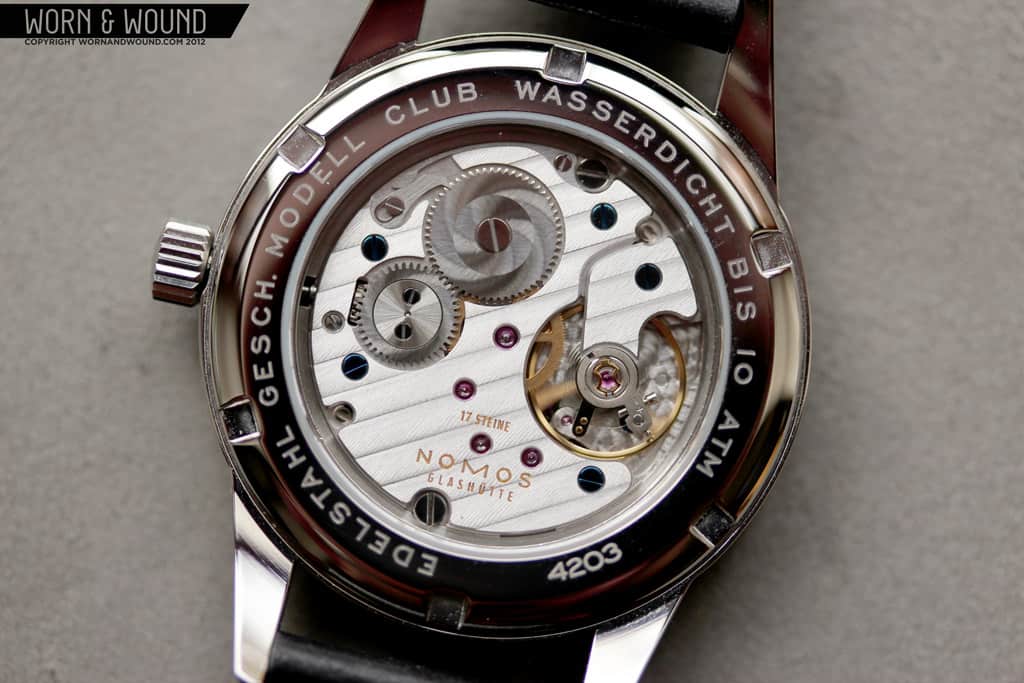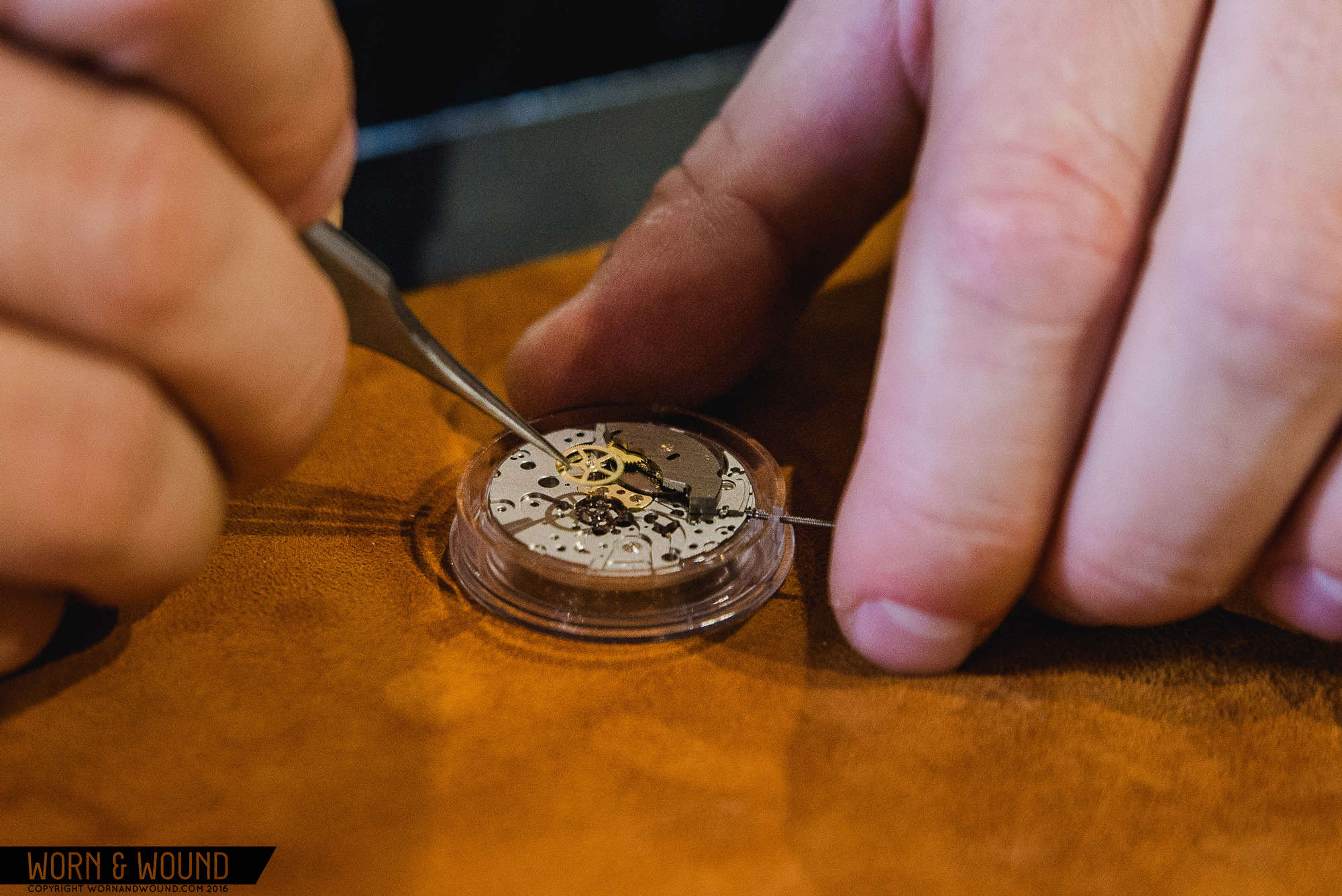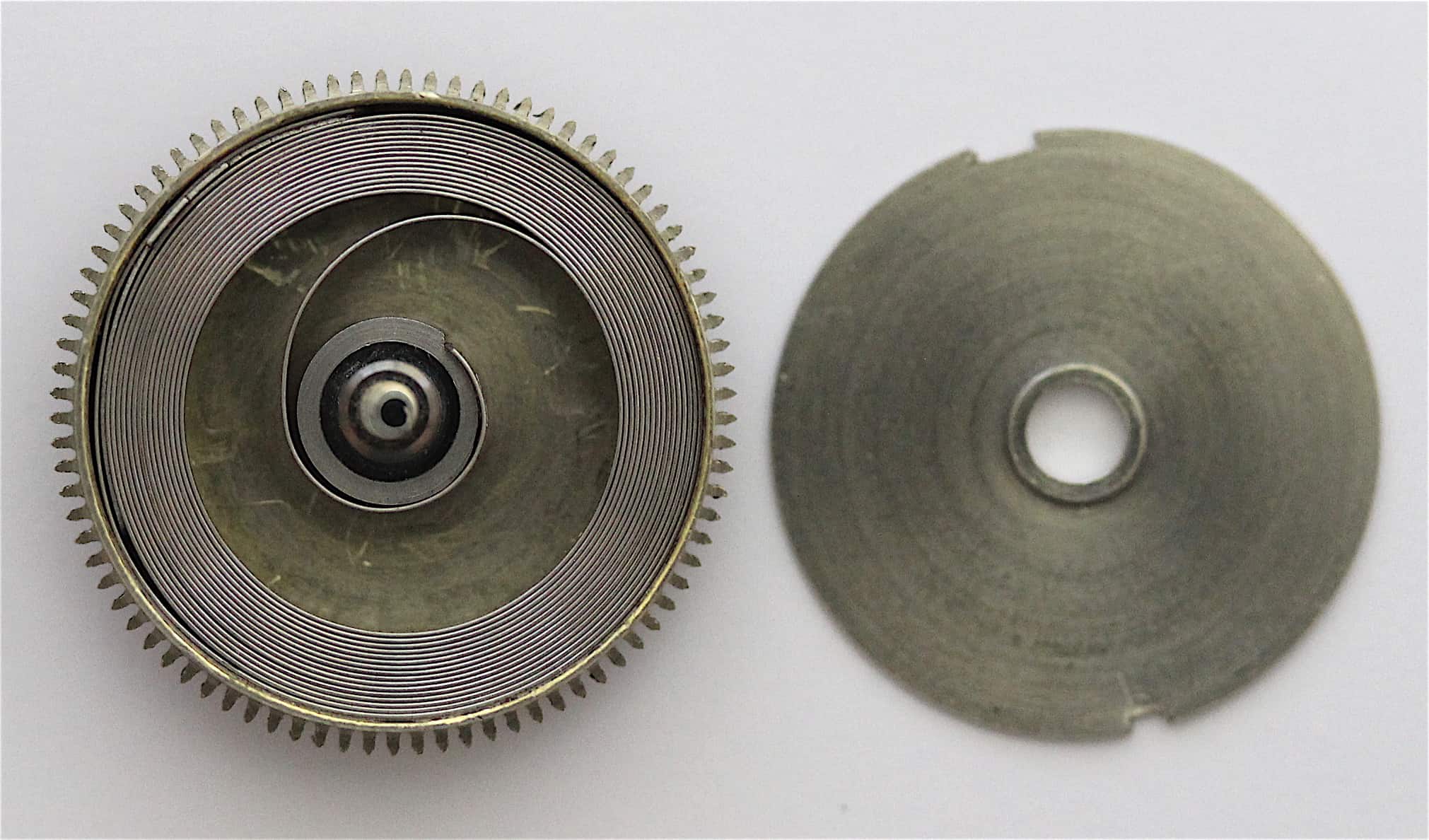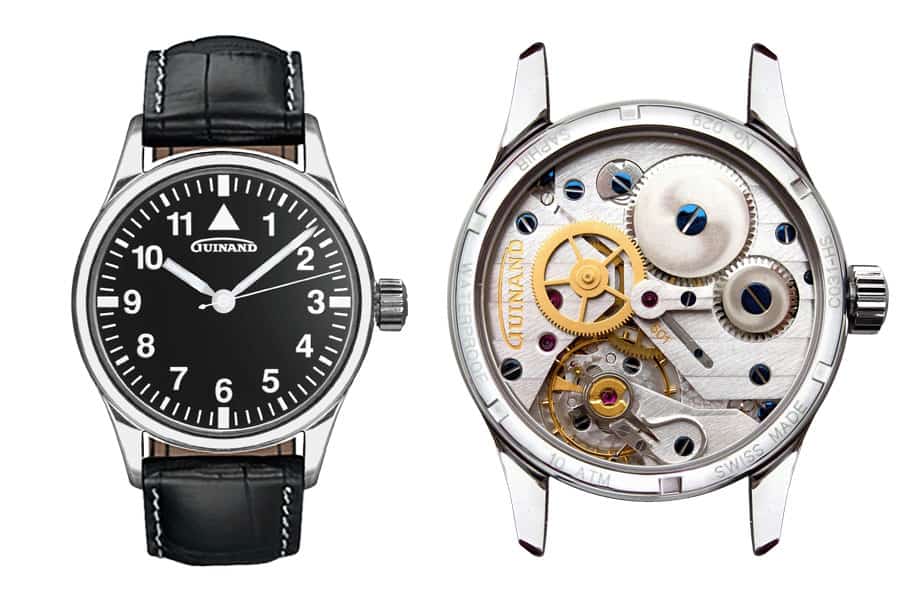Throughout the centuries, watchmakers have strived to increase the accuracy of mechanical watches. Even as things were looking oh-so-dire during the 1970s, the industry managed to cling to the traditions of mechanical watchmaking, and today we’re seeing more technologically-forward movements than ever before. In the last few years, we have seen advancements with silicon hairspring and escapements, optimized tooth geometry in wheel trains, greater power reserves and more efficient winding, among other improvements. But in order to understand all these great advancements, one must first have a solid grasp of the fundamentals. To make sure our readership is armed with that knowledge, we’re continuing our series, Watchmaker’s Bench, with a three-part installment taking a close look at exactly what makes a mechanical watch tick.
A standard mechanical watch displaying only the time can be broken up into three sections: the wheel (or gear) train, the keyless work and hand setting mechanism, and the escapement. In today’s article, we will look at the role of the wheel train.
For the sake of simplicity, we’ll be referring specifically to a manual-wind mechanical movement with no added complications, unless otherwise stated.










 Featured Videos
Featured Videos










